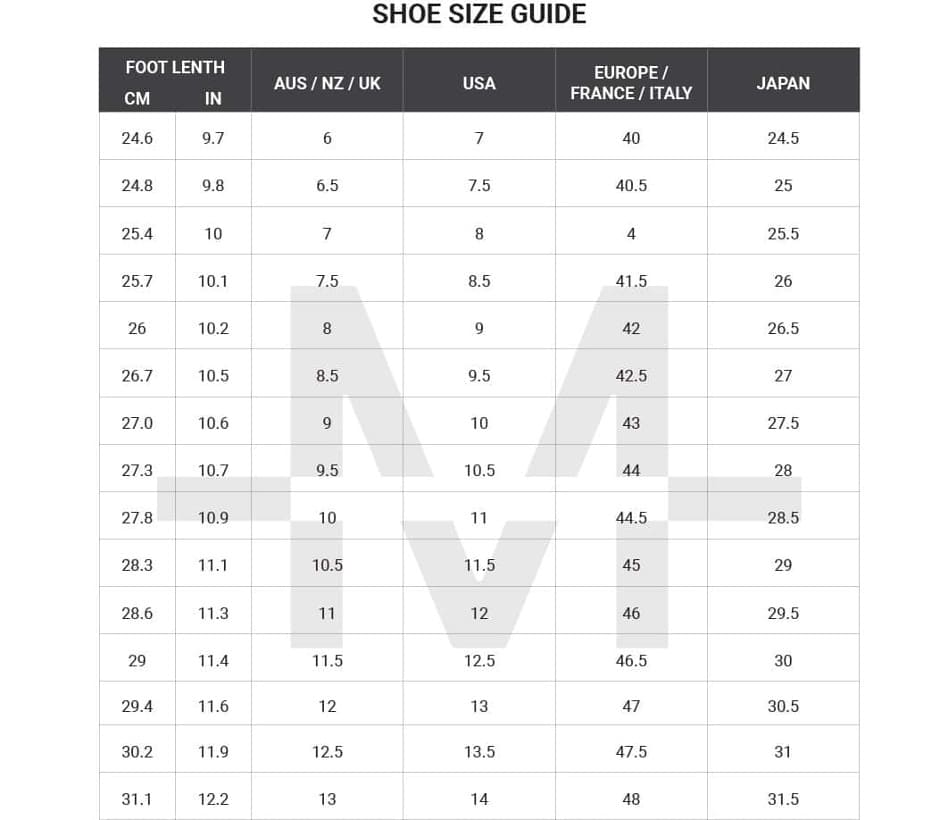Converting Kids’ European Sizes to Australian: A Parent’s Handy Guide
Hello, dear parents! ? Have you ever found the cutest outfit for your little one, only to be stumped by the size label? “What’s a 104?” you ponder. Well, fret not! Converting children’s European sizes to Australian sizes can be as simple as pie with our ultimate guide that’s here to save your day (and your peace of mind)!
Understanding the Basics of Kids’ Size Conversion
First things first, let’s talk about why sizes can be so confusing. While Australia sticks generally to age-based sizing, European measurements are typically based on height in centimeters. This means you need a nifty conversion strategy when shopping for international brands. ??
European Children’s Clothing Sizes Explained
In Europe, the size number corresponds to the height of your child. So, a size 104 would imply that the garment is best suited for a child approximately 104 centimeters tall. But wait, there’s more! European sizes may also factor in different build types, with variants for slimmer or broader children. It’s bespoke tailoring made easy!
Australian Children’s Clothing Sizes Simplified
Down Under, we love to keep things a tad simpler. Our sizes usually match the age of the child, so if your kiddo is four years old, you’d likely start looking at size 4. However, we all know kids grow at their own unique pace, so these age labels are more of a starting point rather than a one-size-fits-all solution.
Let’s Translate: The Handy Conversion Chart
Now, let’s get down to brass tacks. To save you from size-related headaches, we’ve whipped up a super helpful conversion chart. This will be your go-to reference to convert European sizes to their Australian counterparts quickly. Ready your bookmarks! ???
- Infant Conversion
- EU 56 = AUS 0000 – Newborns up to 1 month or up to 4kg and 55cm
- EU 62 = AUS 000 – 1-3 months or up to 6kg and 62cm
- EU 68 = AUS 00 – 3-6 months or up to 8kg and 68cm
- EU 74 = AUS 0 – 6-12 months or up to 10kg and 76cm
- EU 80 = AUS 1 – 1 year or up to 12kg and 80cm
- Toddler Conversion
- EU 86 = AUS 1 – 1-1.5 years or up to 86cm
- EU 92 = AUS 2 – 1.5-2 years or up to 92cm
- EU 98 = AUS 3 – 2-3 years or up to 98cm
- EU 104 = AUS 4 – 3-4 years or up to 104cm
- EU 110 = AUS 5 – 4-5 years or up to 110cm
And this is just the beginning. There’s a whole wardrobe of sizes out there, and we’re determined to help you master them all. Whether it’s for adorable rompers, snuggly jumpers, or those must-have tiny jeans, our guide will ensure your child is the best-dressed tot on the playdate scene.
Measuring Your Child for the Perfect Fit
When in doubt, measure it out! To ensure you’re making the most accurate conversion possible, it’s always best to take your child’s current measurements. This includes their height, chest, waist, and hip measurements. We’ll walk you through the steps to make measuring a breeze (hint: it may or may not involve a ticklish session! ?).
Stay tuned as we continue to uncover the mysteries of children’s clothing sizes, plus tips on how to measure your child correctly and a deeper dive into specialized sizes for shoes and outerwear. We’re here to make sure that converting European sizes to AUS is as easy as ABC and 123!
Remember, every little munchkin is unique in their shape and size, so while our guide is here to give you a general idea, always consider your child’s individual measurements and comfort level when choosing the perfect size. In the end, it’s all about that glowing smile and the confident strut in their new international threads!
Stay with us as we continue to navigate through the whimsical world of kids’ fashion sizes. Your journey to becoming a sizing guru begins here, and we’re thrilled to be a part of it. Let’s make shopping for your mini-me an absolute delight. Keep scrolling for more savvy tips and in-depth insights!

5 Essential Tips for Parents Preparing for European Size Conversion
Getting your head around international size conversions doesn’t have to be a chore. Here are five nuggets of wisdom that can make the process smoother and ensure your little one’s outfit fits like a dream:
- Stay Up-to-Date with Your Child’s Measurements:
Children sprout up faster than bamboo shoots! That’s why it’s crucial to regularly measure your child’s height and body proportions. Doing this every few months will keep you on top of their current size, ready for that next European fashion find.
- Understand the Role of Brands and Fit:
Even when you know the technical conversions, remember that different brands may have varying definitions of sizes. Read up on brand-specific sizing guides or customer reviews to get a sense of how their clothing fits.
- Consider Seasonal Clothing Requirements:
If you’re buying winter clothing, such as coats or jumpers, from Europe, you may want to go a size up to accommodate layers underneath. For summer clothing, however, a precise fit is usually the way to go.
- Learn the Keyword Lingo:
Shopping for kids’ clothes from European brands online? Keep an eye out for keywords like “slim fit,” “regular fit,” and “easy fit.” These terms can help you judge the cut of the garment and better determine the correct size for your child.
- Make Use of Size Conversion Tools:
There are plenty of online tools and apps that can instantly convert European sizes to Australian sizes for you. Bookmark a reliable one for quick access whenever you’re browsing for outfits.
With these tips in your back pocket, you’re well on your way to confidently shopping for European sizes. The world of kids’ fashion is vibrant and diverse, offering styles and designs from across the globe right at your fingertips. Embrace the adventure, armed with your new know-how, and enjoy dressing your little ones in international chic without the guesswork involved!
For more great articles please see here. For more information see here
Disclaimer
The articles available via our website provide general information only and we strongly urge readers to exercise caution and conduct their own thorough research and fact-checking. The information presented should not be taken as absolute truth, and, to the maximum extent permitted by law, we will not be held liable for any inaccuracies or errors in the content. It is essential for individuals to independently verify and validate the information before making any decisions or taking any actions based on the articles.




